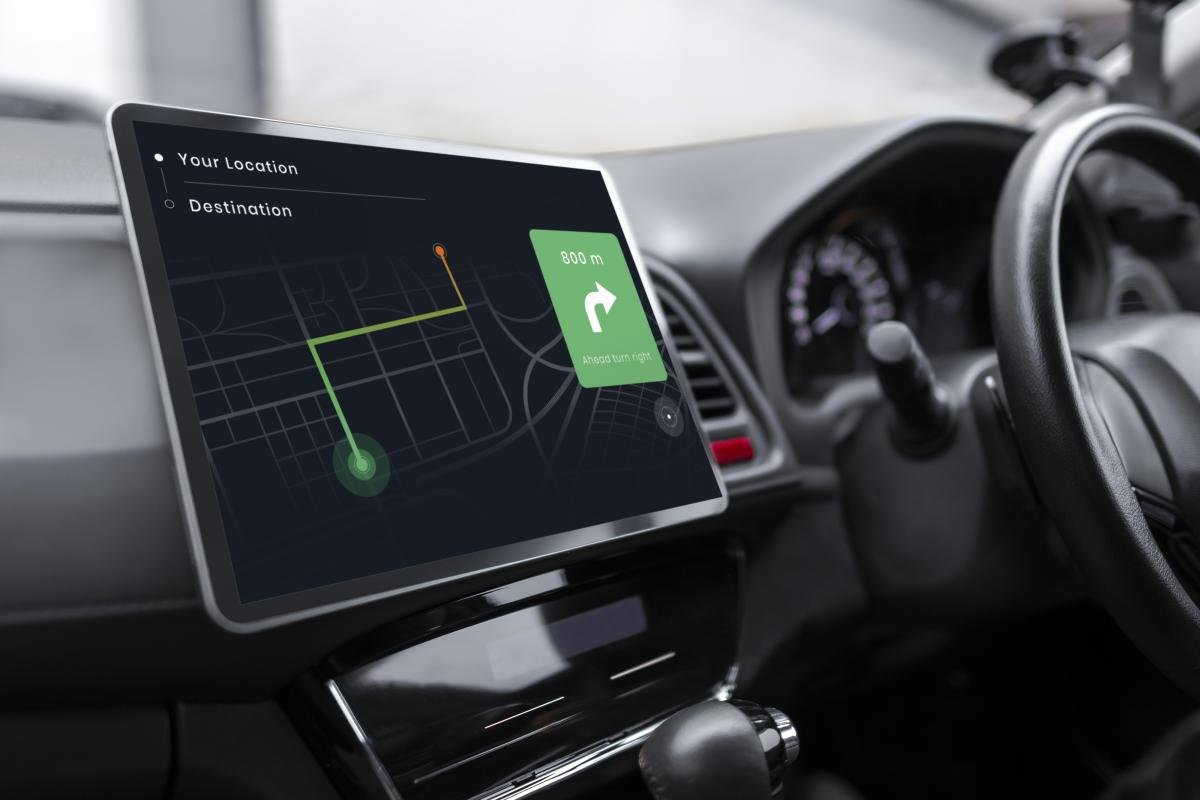
What Is Idle Time and How to Reduce It? (Step-by-Step Guide)
What Is Idle Time?
Idle time refers to the period when a vehicle’s engine is running, but the vehicle itself is not moving. Especially in commercial fleets and daily usage, excessive idle time increases fuel consumption, shortens engine life, and raises harmful emissions.
In short, when your vehicle is idling, it is burning fuel for nothing, causing performance loss, and increasing operational costs.
Why Should Idle Time Be Reduced?
-
Saves Fuel: Reducing unnecessary idle time can save 5–15% in fuel costs.
-
Reduces Maintenance Costs: Continuous engine running leads to more frequent maintenance needs.
-
Eco-Friendly: Lower idle time reduces carbon emissions and helps the environment.
-
Protects Vehicle Performance: Extends engine life and ensures more efficient vehicle use.
How to Reduce Idle Time? (Step-by-Step Guide)
1. Use Vehicle Tracking Systems
Modern vehicle tracking systems allow you to monitor and report idle times for each vehicle. This way, you can identify drivers with unnecessary idling habits and provide proper training.
2. Educate Drivers
Drivers should be encouraged to switch off the engine even during short waiting periods. Regular awareness programs and training sessions can make a big difference.
3. Benefit From Automatic Start-Stop Systems
Many new vehicles come with start-stop technology, which automatically turns off the engine when the car is stationary, helping save fuel.
4. Avoid Unnecessary Waiting
If stuck in traffic for long periods or during loading/unloading operations, the engine should be switched off whenever possible.
5. Perform Regular Maintenance
Well-maintained engines run more efficiently, reducing problems caused by excessive idling.
The Impact of Reducing Idle Time on Fleet Management
For commercial fleets, lowering idle time directly leads to cost savings. Hundreds of liters of fuel can be saved annually per vehicle. Additionally, with the help of vehicle tracking systems, businesses can monitor driver performance and improve fleet efficiency.
Conclusion
Idle time, if not managed, can lead to significant financial losses. However, with the right strategies, it can be reduced effectively.
-
Vehicle tracking systems
-
Driver education
-
Start-stop technology
-
Regular maintenance
all contribute to fuel savings and a more eco-friendly operation.
👉 To lower idle time and cut down on costs in your fleet, you can start using professional vehicle tracking solutions today.




